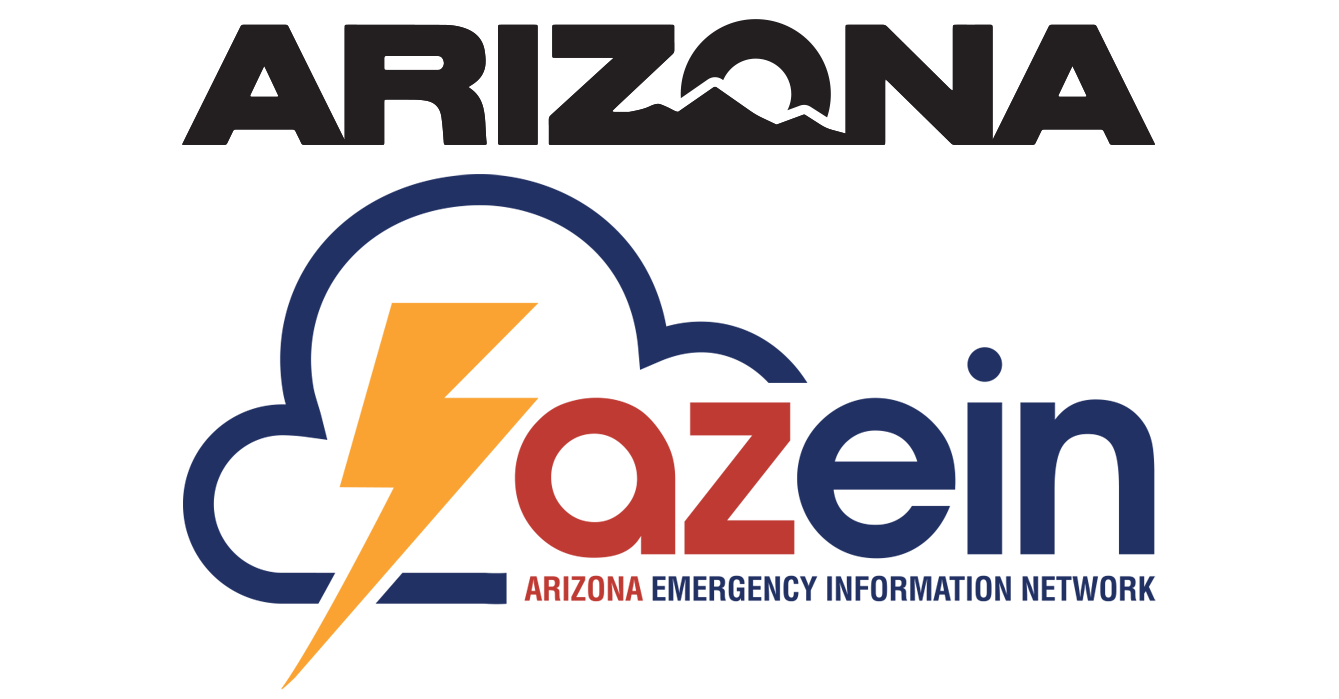Landslides & Debris Flow
In a landslide, masses of rock, earth or debris move down a slope. Debris and mud flows are rivers of rock, earth, and other debris saturated with water. They can flow quickly, striking with little or no warning at high speeds. They can travel several miles from their source, growing in size as they pick up trees, boulders, cars and other materials.
Landslides are caused by a variety of factors, including earthquakes, storms, volcanic eruptions, fire and by human modification of land. Landslides can occur quickly, often with little notice. The best way to prepare is to stay informed about changes in and around your area that could signal that a landslide or debris flow is likely to occur. For example, when a wildfire creates a “burn scar” on a slope, the chance of debris flow and flooding increases for years.
Although some landslides require lengthy rain and saturated slopes, a debris flow can start on a dry slope after only a few minutes of intense rain, like Arizona’s monsoons. “Intense” rain means a burst of rain at a fast rate, about half an inch in an hour. With debris flows, the rate matters more than total rainfall.
BEFORE
- Build an emergency go kit and make a family communication plan.
- Become familiar with the land around you at home and when traveling, particularly in areas impacted by wildfire. Learn whether debris flows have occurred in your area by contacting local officials. Slopes where debris flows have occurred in the past are likely to experience them in the future.
- Connect with your local county or tribal emergency management office and sign up for alerts
- Prepare for landslides by following proper land-use procedures - avoid building near steep slopes, close to mountain edges, near drainage ways, or along natural erosion valleys.
- Consult a professional for advice on appropriate preventative measures for your home or business, such as flexible pipe fittings, which can better resist breakage.
- Protect your property based on local city, county, or tribal guidance on protection from debris flow and flooding. You can't stop or change the path of a debris flow. However, you may be able to protect your property from floodwaters or mud by use of sandbags, retaining walls or k-rails (Jersey barriers).
- Be aware, if you divert debris flow and the flow lands onto a neighbor's property, you may be liable for damages.
- If you are at risk from a landslide talk to your insurance agent. Debris flow may be covered by flood insurance policies from the National Flood Insurance Program (NFIP)
Recognize the Warning Signs
- Watch for debris flows and other fast moving landslides that pose threats to life:
- If you are near a wildfire burn area, sign up for emergency alerts and pay attention to weather forecasts for the burn area. The weather in the burn area could be very different from where you are.
- Huge boulders in the landscape can be signs of past debris flows.
- Listen and watch for rushing water, mud, unusual sounds.
- A faint rumbling sound that increases in volume is noticeable as the landslide nears.
Watch for slow-moving landslides that pose threats to property:
- Changes occur in your landscape such as patterns of storm-water drainage on slopes (especially the places where runoff water converges) land movement, small slides, flows, or progressively leaning trees.
- Doors or windows stick or jam for the first time.
- New cracks appear in plaster, tile, brick, or foundations.
- Outside walls, walks, or stairs begin pulling away from the building.
- Underground utility lines break.
- Water breaks through the ground surface in new locations.
Read More
DURING
- During a severe storm, stay alert and awake. Many deaths from landslides occur while people are sleeping. Heed all warnings and evacuation notices.
- Listen to local news stations for warnings. Have a battery-powered radio available.
- Move away from the path of a landslide or debris flow as quickly as possible. The danger from a mudflow increases near stream channels and with prolonged heavy rains. Mudflows can move faster than you can walk or run. Look upstream before crossing a bridge and do not cross the bridge if a mudflow is approaching.
- Avoid river valleys and low-lying areas.
- If you are near a stream or channel, be alert for any sudden increase or decrease in water flow and notice whether the water changes from clear to muddy. Such changes may mean there is debris flow activity upstream, so be prepared to move quickly.
Read More
AFTER
- Watch for flooding, which may occur after a landslide or debris flow. Floods sometimes follow landslides and debris flows because they may both be started by the same event.
- Stay away from the slide area. There may be danger of additional slides.
- Listen to local radio or television stations for the latest emergency information.
- Check for injured and trapped persons near the slide, without entering the direct slide area. Direct rescuers to their locations.
- Report broken utility lines and damaged roadways and railways to appropriate authorities. Reporting potential hazards will get the utilities turned off as quickly as possible, preventing further hazard and injury. Replant damaged ground as soon as possible since erosion caused by loss of ground cover can lead to flash flooding and additional landslides in the near future.
- Seek advice from a geotechnical expert for evaluating landslide hazards or designing corrective techniques to reduce landslide risk. A professional will be able to advise you of the best ways to prevent or reduce landslide risk, without creating further hazard.
Read More
RESOURCES
Read More
(source: Ready.gov)

